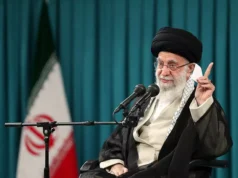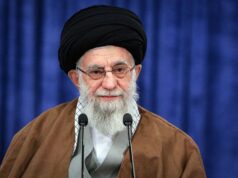The International Atomic Energy Agency (IAEA) revealed Iran’s expanding uranium enrichment efforts in a report issued last Friday. The confidential document, which verified the state’s ability to domestically manufacture nuclear fuel plates and rods, informed member states that Iran’s number of centrifuge machines used to enrich uranium has increased by a third since last year. Installation for thousands more is currently underway.
The report emphasized the expansion in Iran’s primary enrichment plant near the city of Natanz, which holds 52 cascades each containing 170 centrifuges operating to refine uranium to a fissile of 20%. Development in Fordow, Iran’s underground facility, which houses 700 centrifuges, is also highlighted. While the state’s centrifuge machines fail to accommodate for large- scale uranium production, the program’s improvements in low-enriched uranium (LEU) production have resulted in a mounting stock of available LEU, overriding the inconvenience in Iran’s dependency on old technology.

Iranian President Mahmoud Ahmadinejad visiting the Natanz uranium enrichment facility. |
Responding to a 15-page document outlining the agency’s concern of a possible military dimension to the nuclear program- Iranian officials declared all trepidations to be false, invalid, or based on fabrications. However, after two days of failed talks and being denied access to Parchin, the military base believed to be the test chamber of high explosives capable of detonating a nuclear bomb, IAEA inspectors left Tehran with “serious concerns”.
Israeli Defense Minister warns the “zone of immunity”, a window for military intervention before Iran’s technological progress becomes too advanced, is closing. As Iran vigorously works towards becoming the world’s next nuclear state, it remains unclear what constitutes a point of no return from an Israeli or U.S. perspective.





